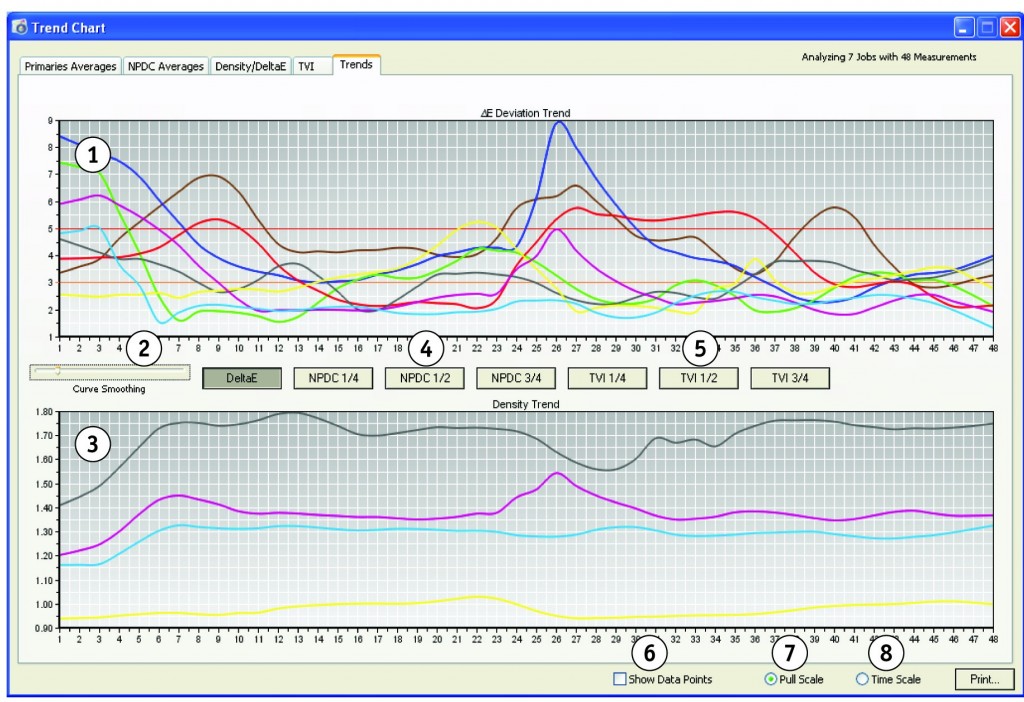Color Management 101: Process Control
When was the last time you spent hours selecting colors on your screen for a project to then send it to print and have your colors come out looking totally different? Color management is the key to keeping your color consistent. Companies who invest in managing their color workflows will quickly reap the benefits of accurate color, less waste and higher productivity!
While the subject of color management is vast and complicated, consistent color is possible with the proper tools and processes. There are many different devices and variables that come into play so having an overview is helpful. In this blog we will briefly discuss Process Control for the printing industry. Future blog posts will cover what we think the most important components are to any workflow to produce consistent, predictable, and repeatable color, saving you time and money.
What is Process Control?
Business Dictionary defines Process Control as: Activities involved in ensuring a process is predictable, stable, and consistently operating at the target level of performance with only normal variation.
Why is Process Control needed?
The quick answer is that the printing process is not stable. Just as people have unique fingerprints, leaving a different mark, every printer has slightly different characteristics in how it prints. Additionally, every media has different features that impact the final print. Having a process in place ensures that all of the various components within a workflow are at optimum performance and working together to create consistent results.
In upcoming posts we will cover:
- Printer Consistency & Measuring Devices
- RIPs & Calibrated Monitors
- Calibrated Printers, Linearization & ICC Profiles
- Knowledge of Color Spaces
- Monitoring Your Measurements & Process Control Software





